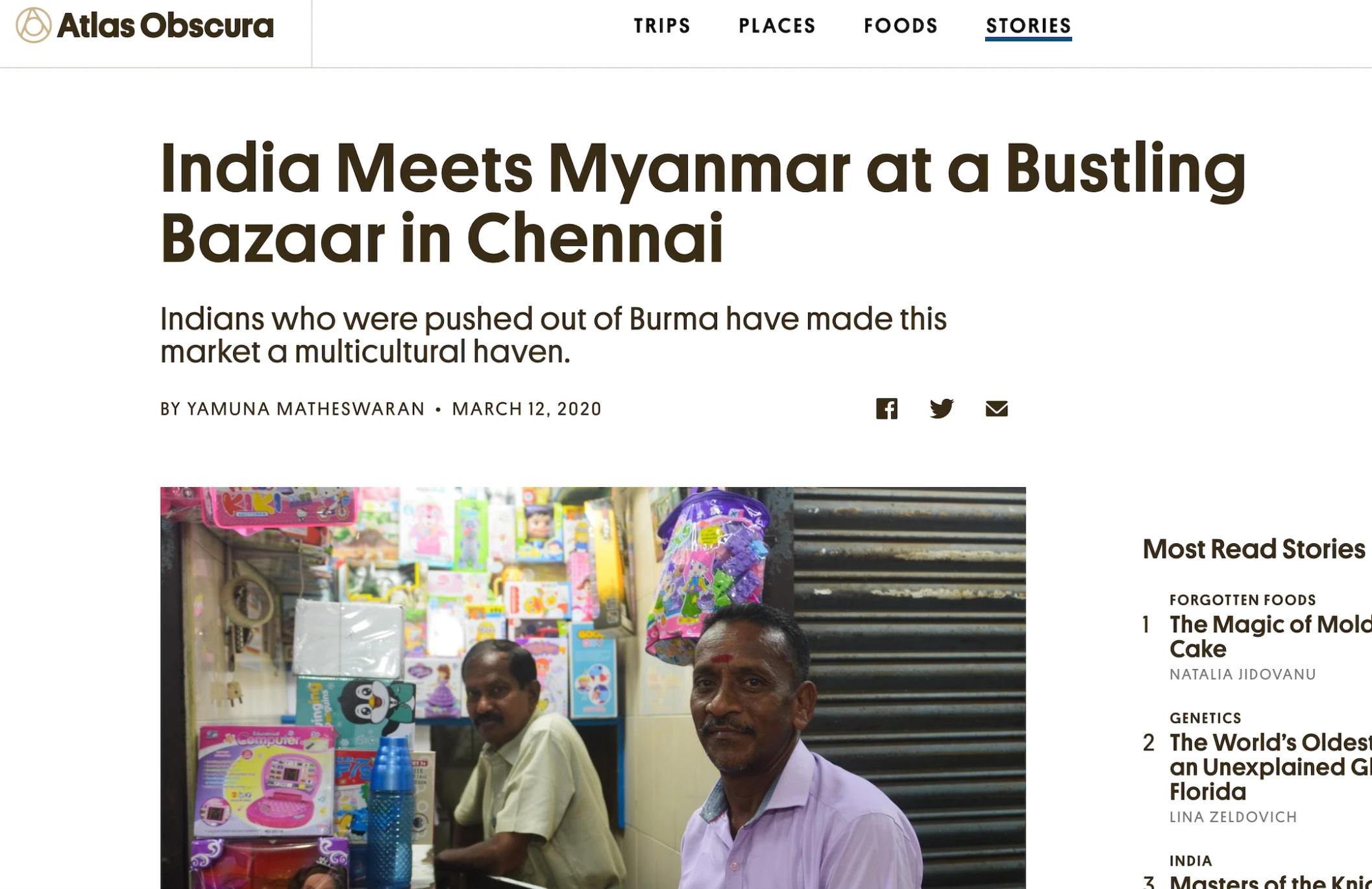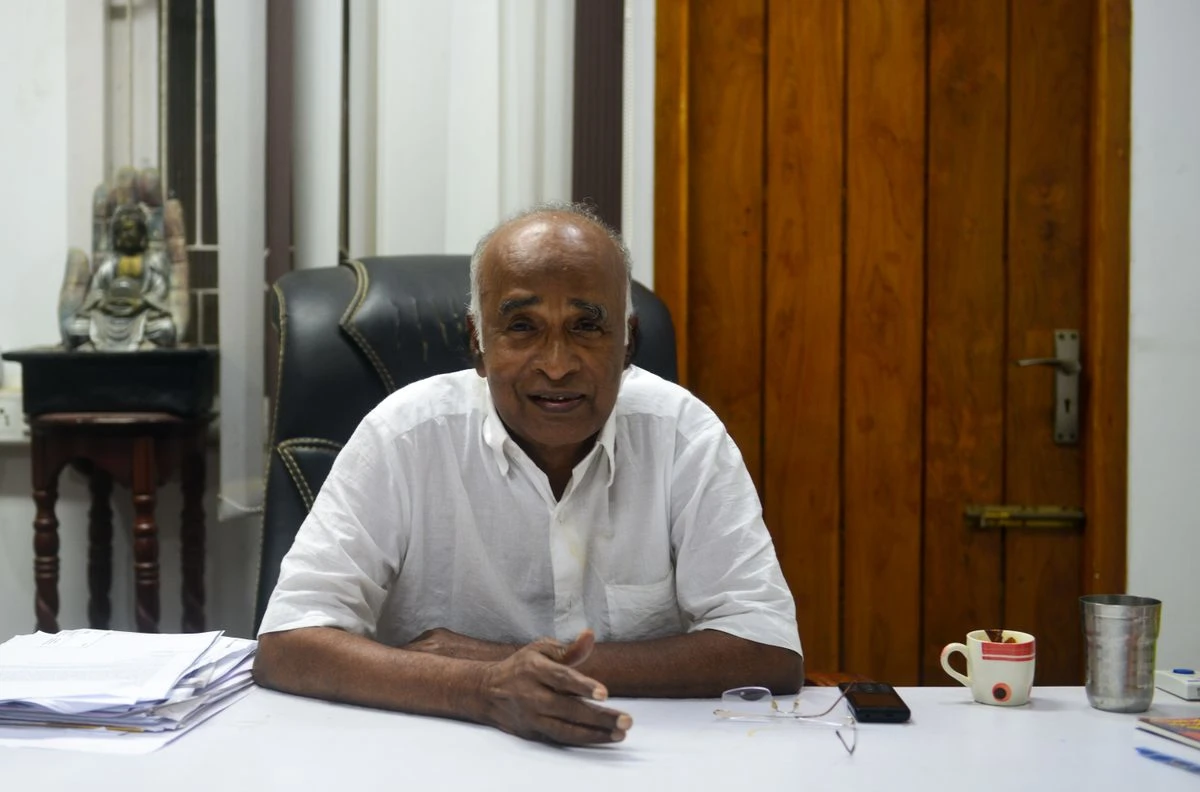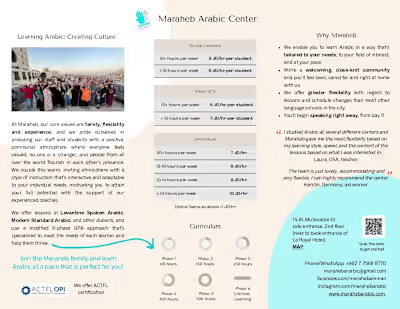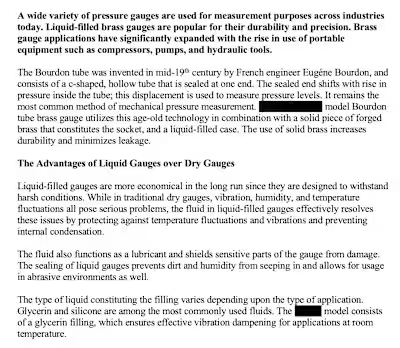Journalism & Research 🗺️

On a bright morning in August, 1965, a young man named Gurumurthy ushered his parents and sisters out of their home in the Burmese capital of Rangoon. They shut the wooden gate behind them, glanced at the stark-white façade of their house for a final time, and began to carry their modest belongings to the nearby port.
As ethnic Indians, Gurumurthy and his family were fleeing a military dictatorship that had stoked the flames of xenophobia in Burma. That morning, they joined thousands on the SS Mohammadia. Several families were fleeing after living in Burma for four or five generations. Together, they sailed past the Andaman and Nicobar Islands and into the Bay of Bengal.
Three days later, the ship dropped anchor in Madras, a major port city in the southern Indian state of Tamil Nadu. The site of the first major English settlement in India, Madras was renamed Chennai in 1996.
Gurumurthy is one of many thousands of Burmese Indians who settled in Chennai. “When we arrived, we were met with a rousing reception and a feast,” he recalls. “And then we were promptly sent to transit camps on the outskirts of the city.”

Today, about a half-hour drive from Gurumurthy’s office in MKB Nagar, tiny shops crowd a vast market known as Burma Bazaar, on the northern coast of Chennai. They stretch along the busy Beach Road in the historic George Town neighborhood, selling everything from electronics and imported perfumes to chocolates and toys, at bargain prices. There are stacks of pirated DVDs of films in various languages, hastily moved out of sight in the event of a police raid.
“We started right here, on the platform of Chennai Beach railway station,” Chandran, one of the vendors at Burma Bazaar, tells me. “When we arrived in the sixties, we began disposing of whatever goods—clothes, perfumes—we had brought with us from Burma to earn some money, and discovered that we sold out quickly.”
Once they had exhausted their goods, the hawkers at Chennai Beach station bought more from other, recently arrived Burmese Tamils. What began with a few people spreading towels on the ground to sell items eventually expanded into a full-scale market, comprising nearly 200 shops and gaining notoriety for trading in smuggled goods.
Like this project
Posted Feb 4, 2025
Published on Atlas Obscura, this article was featured on JSTOR Daily’s weekly roundup of the best research-backed stories from around the web.





